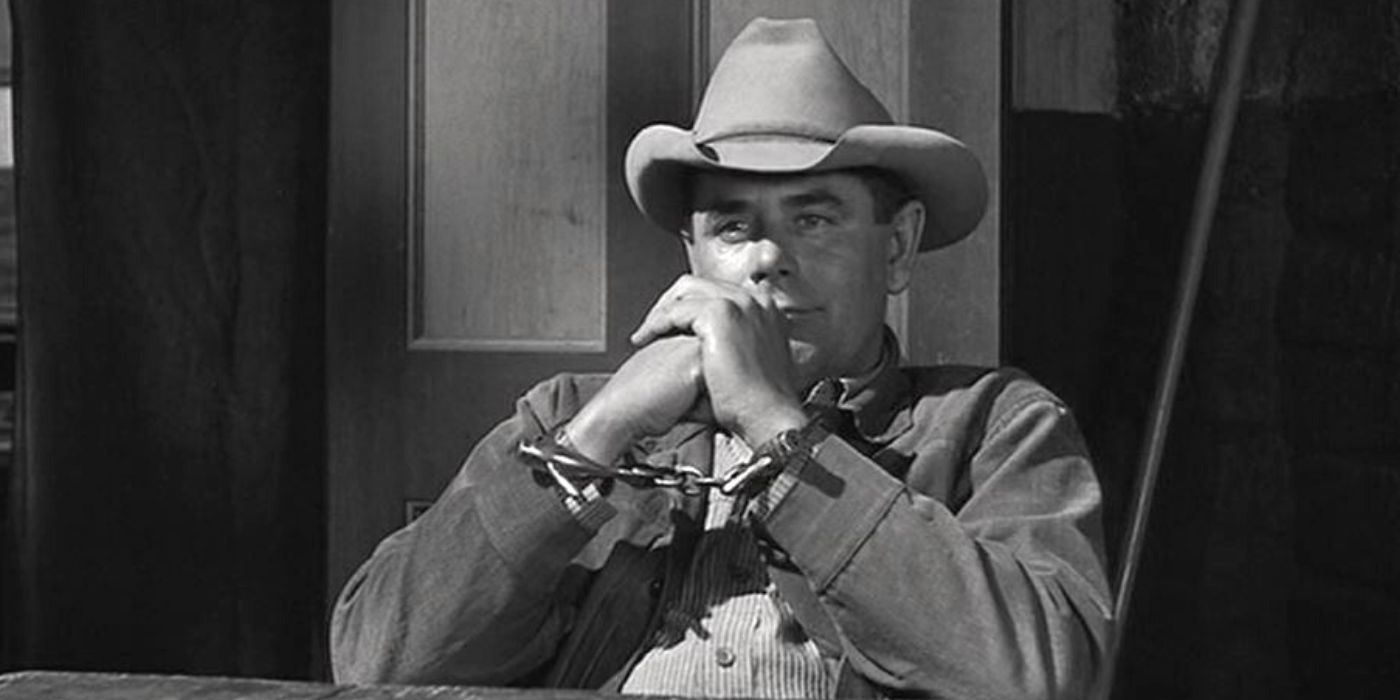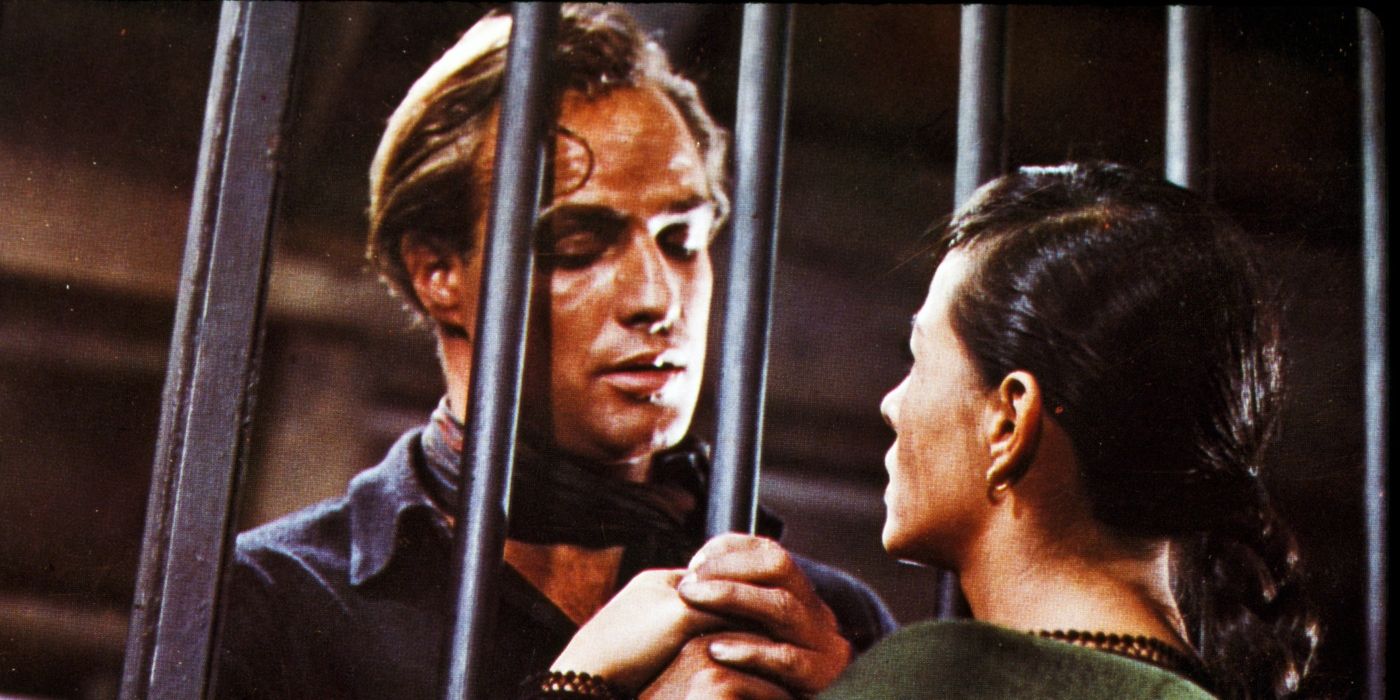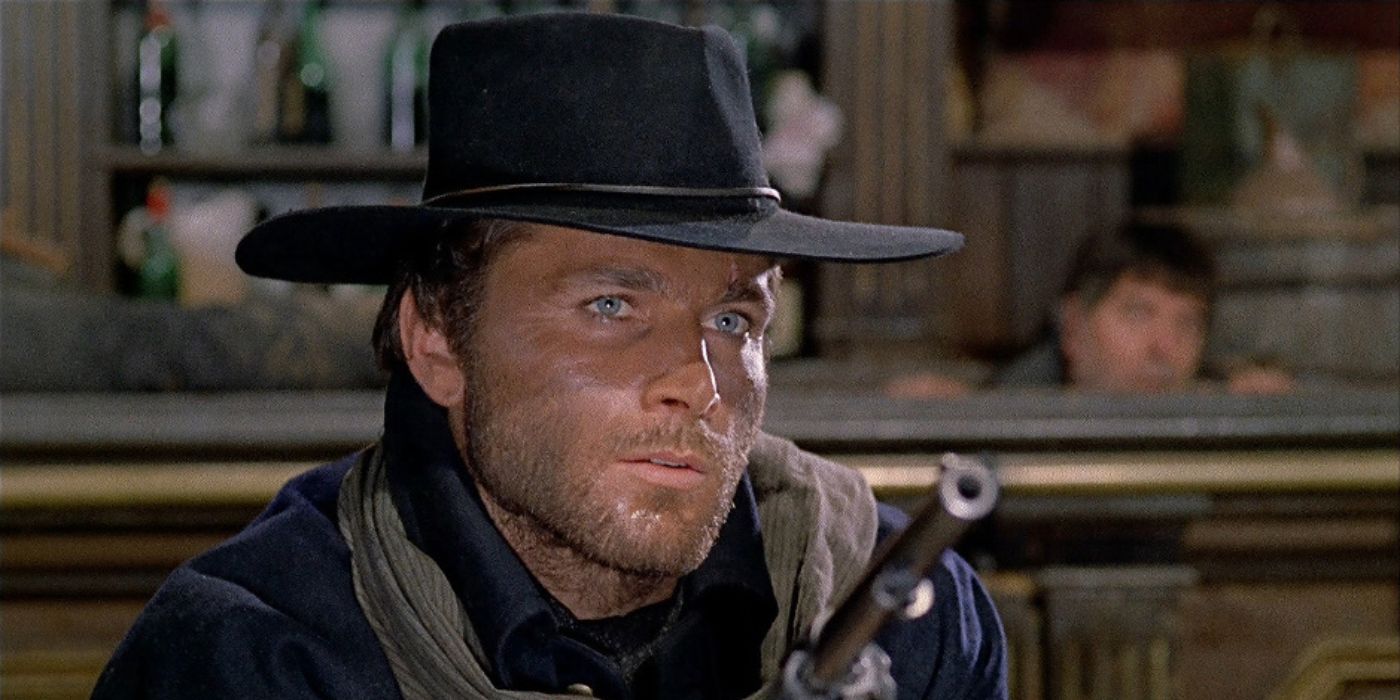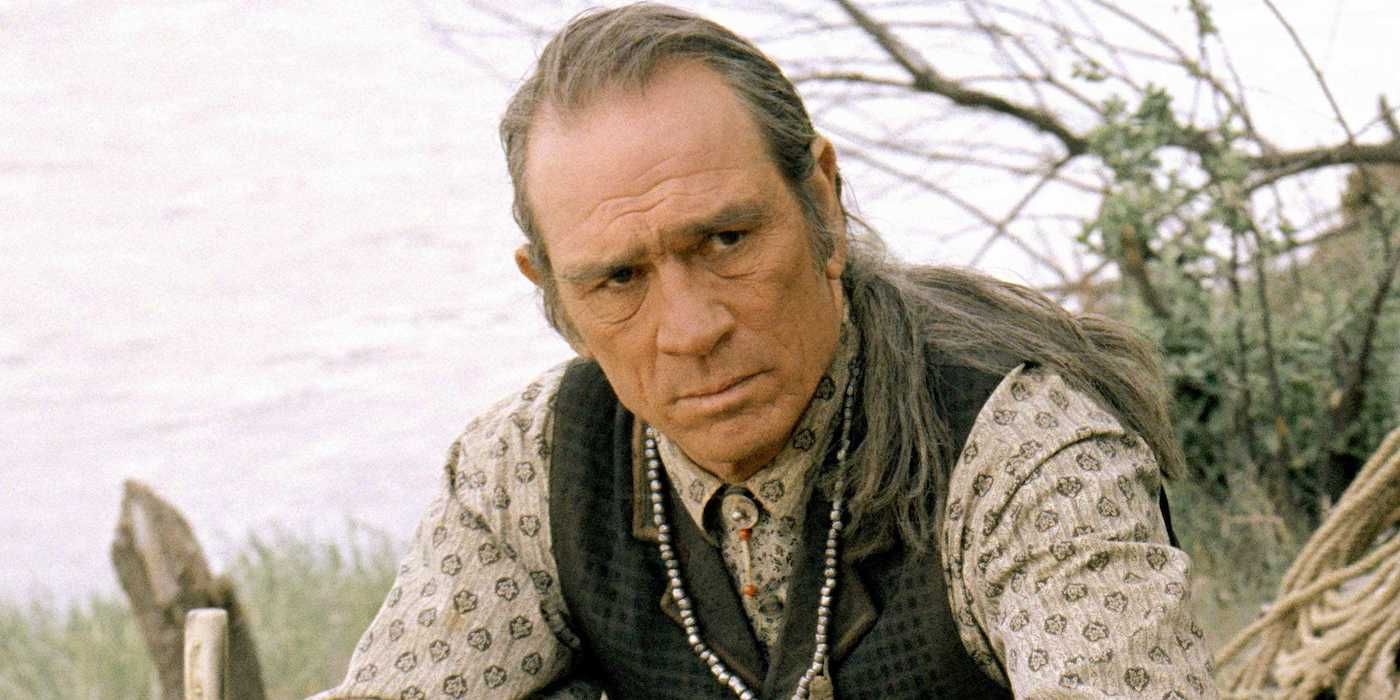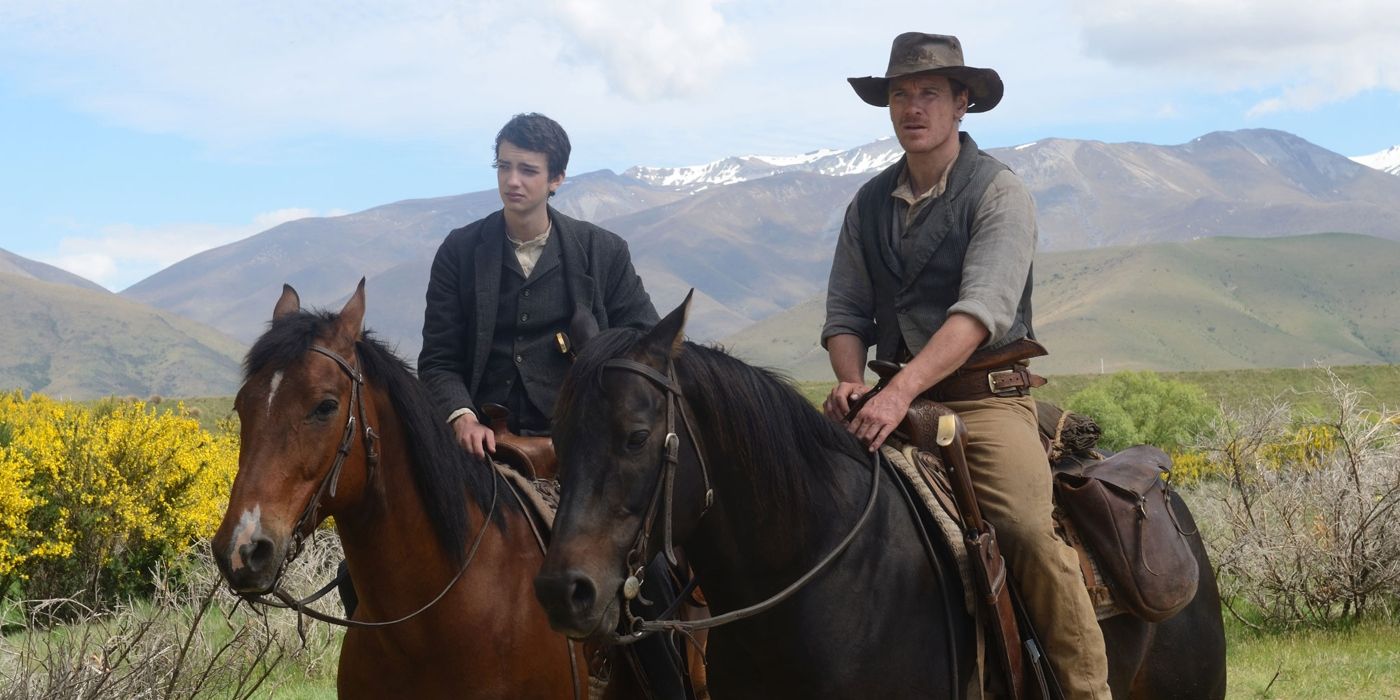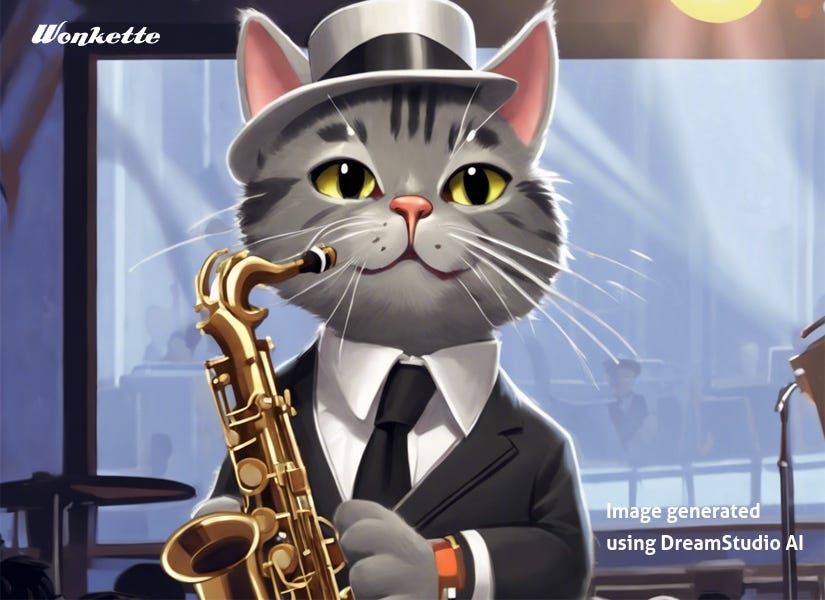There’s little surprise as to why the western genre has continued to be popular over the past century since its initial emergence in the cinematic world. The backdrop of a western story has endless possibilities and has often been reinvented in order to incorporate different perspectives and cover new historical periods. Although there is certainly no shortage of comedic westerns, many of the greatest western films of all time are thrillers. There’s something inherently exciting about frontier action that makes the two genres well suited for crossovers.
Early entries within the genre may have been more superficial, but western films have grown more gritty and realistic throughout cinematic history. The advent of revisionist westerns allowed filmmakers to take a more authentic look at history and acknowledge some of the darker moments from the past. This approach signifies respect for the audience, as filmmakers know that they appreciate more nuanced iterations of the genre. Here are the ten best westerns that are also thrillers, ranked.
10 ‘Winchester ‘73’ (1950)
Directed by Anthony Mann
The great James Stewart made several classics within the western genre, but many of his strongest collaborations came with director Anthony Mann. The duo united on such classics as Broken Arrow and The Naked Spur, but Winchester ‘73 was an absorbing thriller that examined the role that one weapon played within several standoffs. Mann used the non-linear narrative structure to examine the effect that violence had on an entire community and infrastructure; while framed within a western context, the themes Mann addressed in Winchester ‘73 were universal.
Winchester ‘73 succeeded in casting Stewart against type, as audiences were used to seeing him in more effervescent and charming roles in films like Mr. Smith Goes to Washington and The Philadelphia Story. Stewart leaned into his darker sensibilities to play a grizzled gunslinger, allowing Winchester ‘73 to become even more thrilling than it was before.
9 ‘Shane’ (1953)
Directed by George Stevens
Despite originally being planned as a B-movie, Shane was saved in production by producer Howard Hughes, who believed that it had the potential to be a genuine classic. Hughes’ contributions paid off, as Shane is among the most emotionally charged westerns ever made. Director George Stevens crafted a beautiful story about a former western hero who is forced to return to his old lifestyle despite swearing off violence. A major critical hit, Shane received multiple Academy Award nominations, including Best Picture and Best Director.
Shane is thrilling because of the ethical questions it asks about the necessity of justice and whether redemption is ever possible for those who have committed egregious actions. Shane served as a commentary on the entire western genre and continues to inspire more mature takes on cowboy cinema to this day. Alan Ladd’s titular role is one of the most famous western heroes ever.
Shane
- Release Date
- April 23, 1953
- Director
- George Stevens
- Cast
- Jean Arthur , Van Heflin , Jack Palance
- Runtime
- 118m
- Main Genre
- Western
8 ‘3:10 to Yuma’ (1957)
Directed by Delmer Daves
While James Mangold’s 2007 remake had the benefit of a star-studded cast and more elaborate action sequences, the original 3:10 to Yuma was a profound western that blurred the lines between good and evil. The film is centered on the family man Dan Evans (Van Heflin) as he reluctantly decides to help transport the ruthless outlaw Ben Wade (Glenn Ford) to prison so he will face the consequences of his villainy. The film gets more thrilling when Wade’s loyal followers begin to pursue them, forcing Evans to take lethal action.
3:10 to Yuma felt more authentic than most westerns because of its strong performances. Heflin and Ford did a great job at showing that their characters, despite being on opposite sides of the law, aren’t as different as they had initially assumed. The thrilling final shootout is one of the most thrilling of any set piece in the classical western era.
3:10 to Yuma (1957)
- Release Date
- August 7, 1957
- Director
- Delmer Daves
- Cast
- Glenn Ford , Van Heflin , Felicia Farr , Leora Dana , Henry Jones
- Runtime
- 92 Minutes
7 ‘One-Eyed Jacks’ (1961)
Directed by Marlon Brando
The great Marlon Brando is easily one of the most accomplished actors of all time, but he only ever directed a single movie. While it was initially planned as a Stanley Kubrick film, One-Eyed Jacks served as a perfect way for Brando to analyze paternal relationships. He stars as an accomplished bank robber who is betrayed by a close friend and seeks a path of vengeance in order to clear his name. It’s unfortunate that Brando never directed any more features; One-Eyed Jacks is a visual feast and earned an Academy Award nomination for Best Cinematography.
The intensity that Brando brought to his performances translated into the tone of One-Eyed Jacks, which dropped any superficial qualities in order to depict a more authentic depiction of law and justice. It’s a deeply emotional commentary on toxic masculinity that has aged very well compared to other western thrillers.
One-Eyed Jacks
- Release Date
- March 30, 1961
- Director
- Marlon Brando
- Cast
- Marlon Brando , Karl Malden , Katy Jurado , Ben Johnson
- Runtime
- 141 minutes
6 ‘A Fistful of Dollars’ (1964)
Directed by Sergio Leone
Sergio Leone kicked off the “spaghetti western” craze with A Fistful of Dollars, the first film in his “The Man With No Name Trilogy,” starring Clint Eastwood. Loosely inspired by the Akira Kurosawa samurai classic Yojimbo, A Fistful of Dollars followed the enigmatic “man with no name” as he attempted to protect an innocent Mexican village from a band of ruthless outlaws. Leone’s filmmaking techniques proved to be highly influential, as he incorporated kinetic editing, striking musical notes, and shocking moments of violence to make the genre far more thrilling than it had previously been.
Easily one of the most influential westerns of all time, A Fistful of Dollars kicked off one of the greatest movie trilogies ever. 1965’s For A Few Dollars More complicated the dynamic by adding Lee Van Cleef into the mix, and the 1966 masterpiece The Good, The Bad, and The Ugly ended with perhaps the most famous shootout in western history.
A Fistful of Dollars
- Release Date
- January 18, 1964
- Director
- Sergio Leone , Monte Hellman
- Cast
- Clint Eastwood , Marianne Koch , Gian Maria Volonte , Wolfgang Lukschy , Sieghardt Rupp , Joseph Egger
- Runtime
- 99
5 ‘Django’ (1966)
Directed by Sergio Corbucci
Another early entry into the “spaghetti western” canon during its first emergence, Django was a disturbingly violent and darkly funny spin on the genre that served as a star vehicle for Franco Nero. While Leone had certainly shown that westerns could be more intense with “The Man With No Name Trilogy,” Django director Sergio Corbucci pushed the boundaries of the genre even further, to the point where it could be considered a work of exploitation. The realistic manner in which Corbucci depicted his villains broke with the more over-the-top villainous characters that had appeared in films from the classical era.
Django inspired countless sequels, remakes, homages, and knock-offs, with Nero returning to play the character on multiple occasions. The film is a favorite of director Quentin Tarantino, whose 2012 revisionist western Django Unchained became the highest-grossing western of all time.
Django (1966)
- Release Date
- November 30, 1966
- Director
- Sergio Corbucci
- Cast
- Franco Nero , José Canalejas , José Bódalo , Loredana Nusciak , Ángel Álvarez , Gino Pernice , Simón Arriaga , Giovanni Ivan Scratuglia
- Runtime
- 91 Minutes
4 ‘Jermiah Johnson’ (1972)
Directed by Sydney Pollack
Director Sydney Pollack has reinvented many genres, but Jeremiah Johnson served as the perfect synthesis of westerns and survival thrillers. Robert Redford starred in one of the best roles of his career as a lonely mountain man who must defend himself when preyed upon by enemies. Pollack put a lot of emphasis on the practical means of survival, allowing Redford to give one of the most emotionally effective performances of his career. Part of the reason the film remains so thrilling is the emotional connection that he manages to bridge with the audience.
Jeremiah Johnson perfected the concept of the neo-western, which utilized hallmarks of the genre while taking place at a different point in history. The practical filmmaking techniques that Pollack utilized for the film’s action have made it age very well; many modern thrillers can’t touch Jermiah Johnson in terms of intensity.
Jeremiah Johnson
- Language
- English
- Studio
- Warner Bros.
- Run Time
- 116 Minutes
- Director
- Sydney Pollack
- Release Date
- December 21, 1972
- Actors
- Robert Redford, Will Geer, Allyn Ann McLerie
3 ‘The Shootist’ (1975)
Directed by Don Siegel
After a career of playing many iconic gunslinger characters, John Wayne ensured that his career ended with a bang with his final film The Shootist. The gritty thriller from Dirty Harry director Don Siegel starred Wayne as an aging gunslinger who becomes a mentor to a young boy (Ron Howard), but is forced to return to his violent ways in order to protect a young family. Wayne was able to suitably play an older character who was wrestling with his career in real time; he was no longer as agile as he once was, and became a more vulnerable character as a result.
While it tells a good story in its own right, The Shootist is even more powerful for Wayne fans who have seen his entire filmography. By treating the material as a more realistic thriller, The Shootist felt like a spiritual sequel to classics like Stagecoach, Red River, Rio Bravo, and The Searchers.
The Shootist (1976)
- Release Date
- July 21, 1976
- Director
- Don Siegel
- Runtime
- 100 minutes
2 ‘The Missing’ (2003)
Directed by Ron Howard
Howard is a director best known for making historical dramas and ensemble comedies, but his 2003 western The Missingwas a gritty survival thriller with a heartbreaking father-daughter relationship. Cate Blanchett stars as a frontier woman who is desperate to rescue her children from kidnappers and reluctantly accepts the help of her once neglectful father (Tommy Lee Jones). As both a family drama and an adventure epic, The Missing aims for historical accuracy and emotional continuity.
The Missing verges into pure horror in some instances, as there are sequences of torture, execution, and dismemberment. While certainly not for the faint of heart, The Missing is an interesting deviation within the genre that shows that it hasn’t gone out of style in the 21st century. It also marked a bold new chapter in Howard’s career, where he was unafraid to reinvent classic genres.
1 ‘Slow West’ (2015)
Directed by John Maclean
A24 is responsible for many of the best films of the last decade, but the 2015 western Slow Westreinvented western archetypes of heroism and masculinity. The film focuses on a young immigrant (Kodi Smit-McPhee) who takes a journey across the American frontier to find his true love while receiving assistance from an enigmatic bounty hunter (Michael Fassbender). His mission becomes more dangerous when the duo is pursued by a vengeful outlaw (Ben Mendelsohn) and his gang of criminals.
Slow West is both darkly funny and shockingly bleak, as it rejects traditional narrative constraints in favor of a more realistic interpretation of life on the frontier. The excellent performances from Smit-McPhee, Fassbender, and Mendeloshn elevate Slow West into a pop art masterpiece; it’s unfortunate that director John MacLean has not made another western thriller since, as he clearly has a lot to say.
Slow West (2015)
- Release Date
- April 16, 2015
- Director
- John Maclean
- Cast
- Kodi Smit-McPhee , Caren Pistorius , Aorere Paki , Jeffrey Thomas , Hayden Frost , Kieran Charnock
- Runtime
- 84






























































